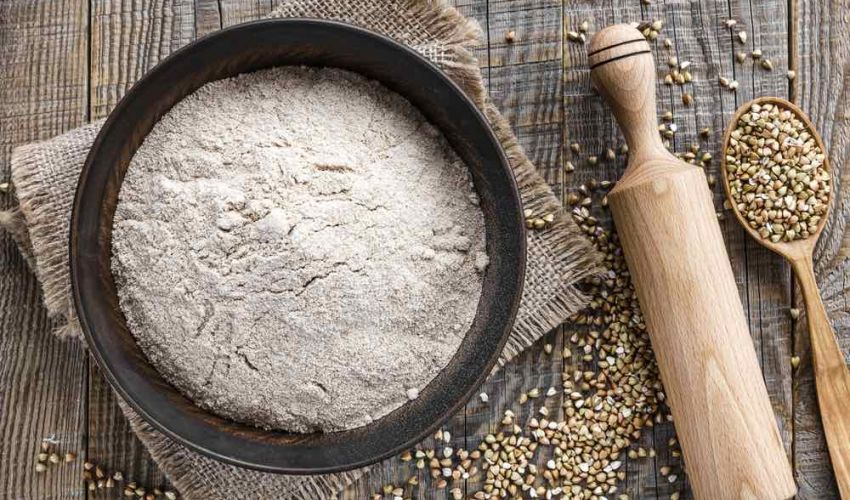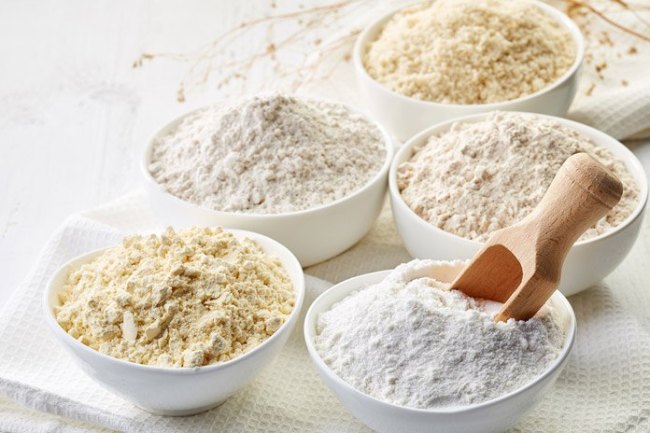Seemingly innocuous, flour has im mense power. Embedded in each grain are nutrients impatiently waiting to jump out and help your body combat diseases, and support you with your personal health goals. But how do you choose bread that’s good for you?
Different flours have different powers.Let’s sift through the grain.
- WHEAT-BASED FLOURS
Most of the wheat or atta used in Indian cooking is culled from the semi-hard wheat varieties or durum that are easily available, versatile, power-packed, tasty and good for you. Atta, cracked wheatlapsi fada and semolina sooji are all high-fibre, and are sources of both healthy carbs and fats. They have been associated with the reduction of bad cholesterol and high blood pressure and mitigate the risk of diabetes as well.While it is true that maida or refined flour -also part of the wheat family -has less fibre than its cousins, that doesn’t mean it’s fattening. The only difference is that it goes through your body faster and does not require as many calories to digest it digestion also burns calories. However, all wheat-based flours have gluten. So, those with gluten allergies need to take note.
- MILLET-BASED FLOURS
Flours from the millet family (millet is a small-seeded grass) are gluten-free. If you have gluten allergy, the millet family can be your choice of flours. Jowar, and its close relative, bajra, both belong to the millet family. Jowar lowers the risk of heart diseases as well as cholesterol. It also has cancer-fighting properties because of the presence of antioxidants, and brims with protein, calcium and iron. Bajra is a great source of energy, aids diges tion, is good for the heart, and with its ability to increase insulin sensitivity, is also great for diabetics.
- RAJGIRA AMARANTH FLOUR
The Indian kin to the superfood quinoa, this flour -made from the seeds of the amaranth plant -is a tasty non-gluten option. Rajgira has high iron, calcium, protein and antioxidant levels. Since it retains the hull during the process of making atta, the nutrients are retained.
- RICE FLOUR
Used a great deal in Southeast Asian cooking and in Indian dishes, like neer dosa, rice flour is good for those with gluten intolerance.
- SOY FLOUR
Soy beans are ground to make soy flour, which comes in full fat and low fat op tions. It bursts with vitamins and minerals, and is also one of the best vegetarian sources of Omega-3 fatty acids. Soy protein is great for women post menopause and also for elderly women.
- QUINOA FLOUR
Quinoa is a 100 per cent vegetarian reference protein which means that all the protein present in it is absorbed by the body. The only other food that does this is egg white, a non vegetarian option. The flour can be made at home simply by mashing up the quinoa and using the powder for any dish.
Ultimately, it’s how you treat your flour that takes away or adds to its benefits. Bathing it in ghee, oil or sugar will cancel most of its benefits.


